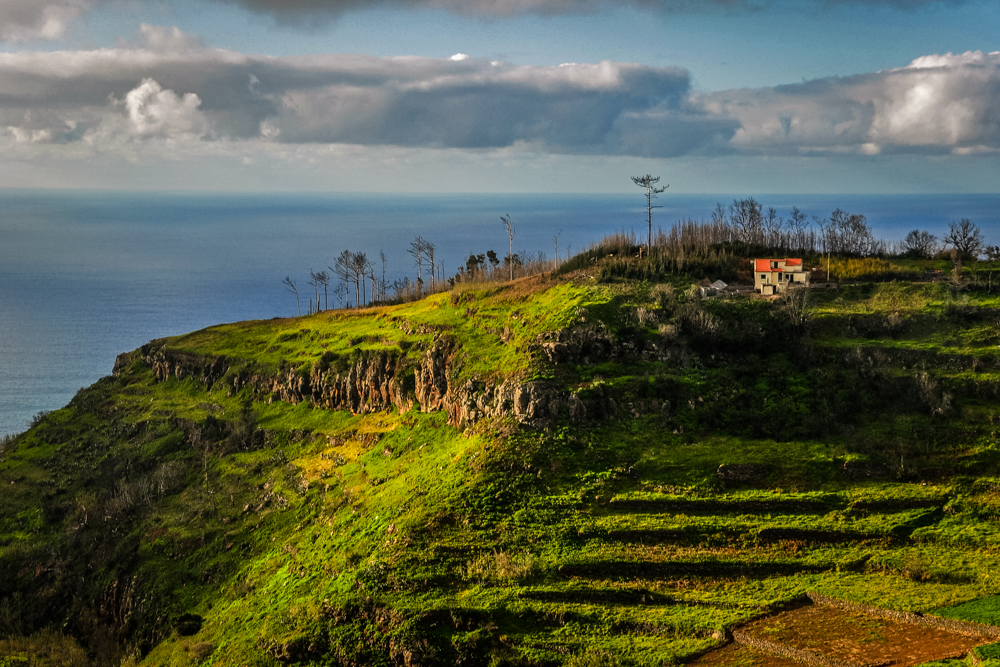
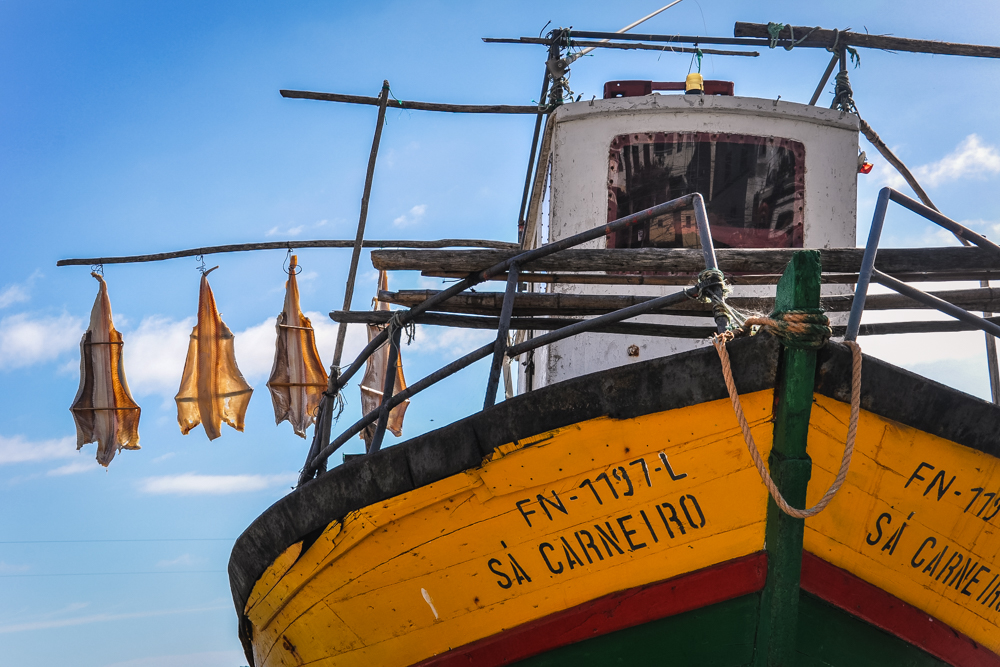
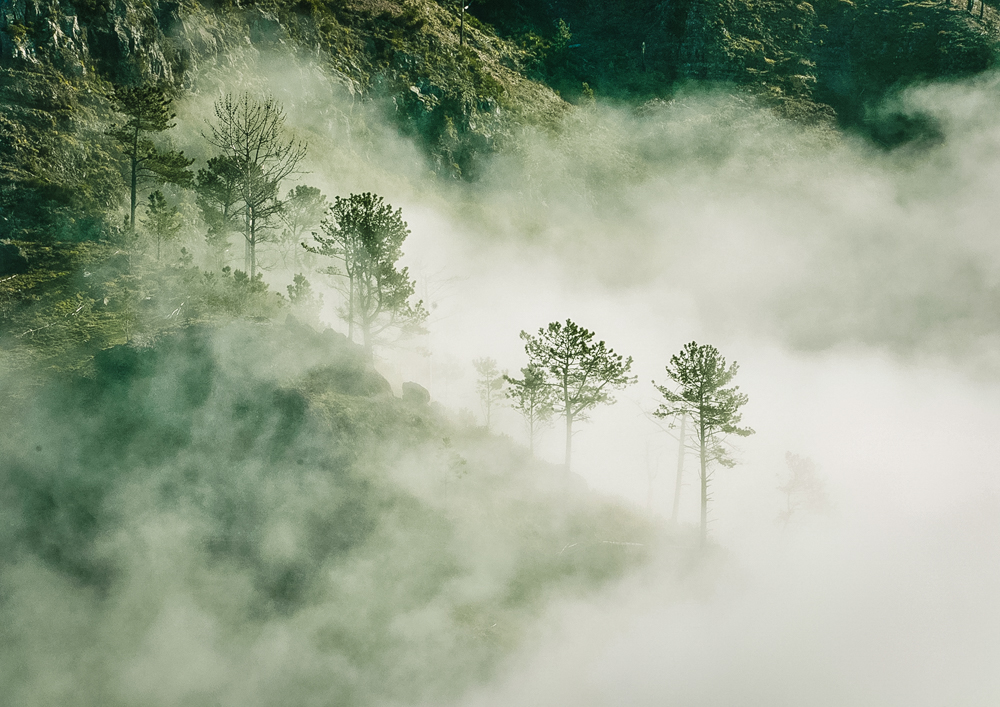
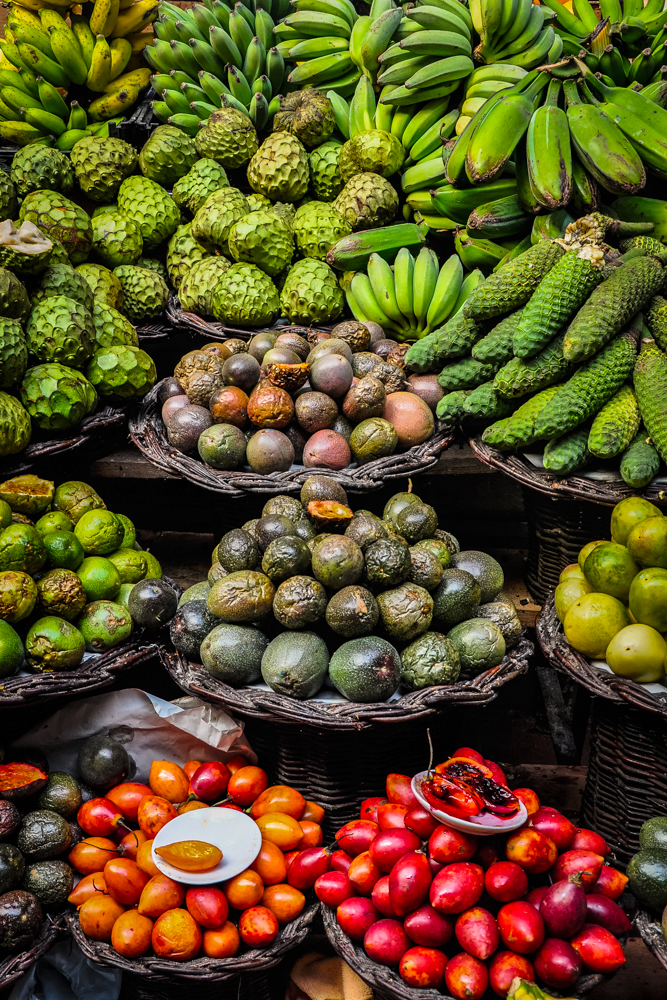
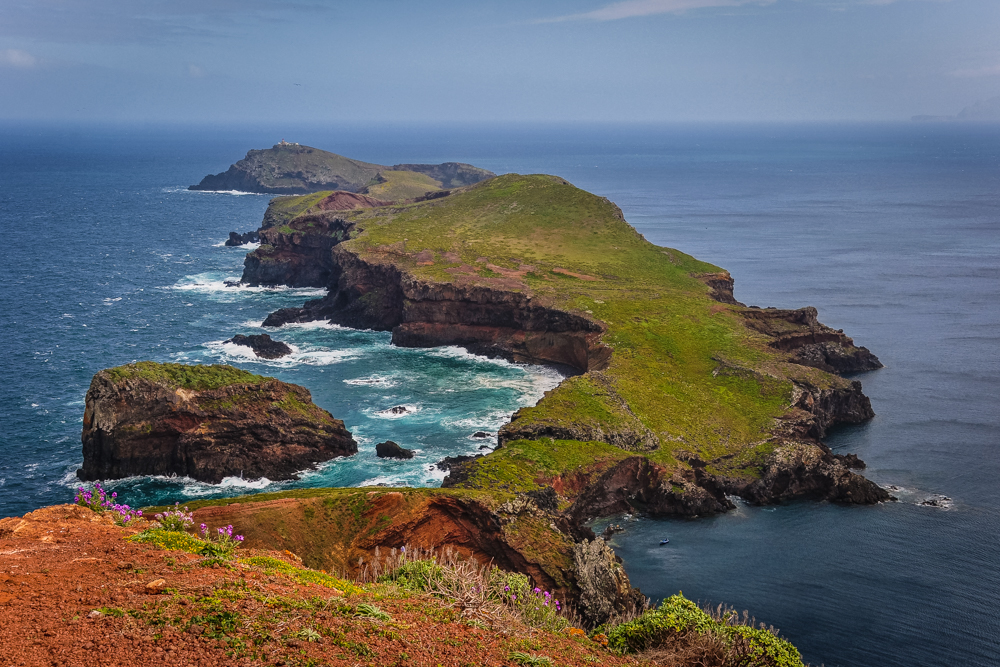
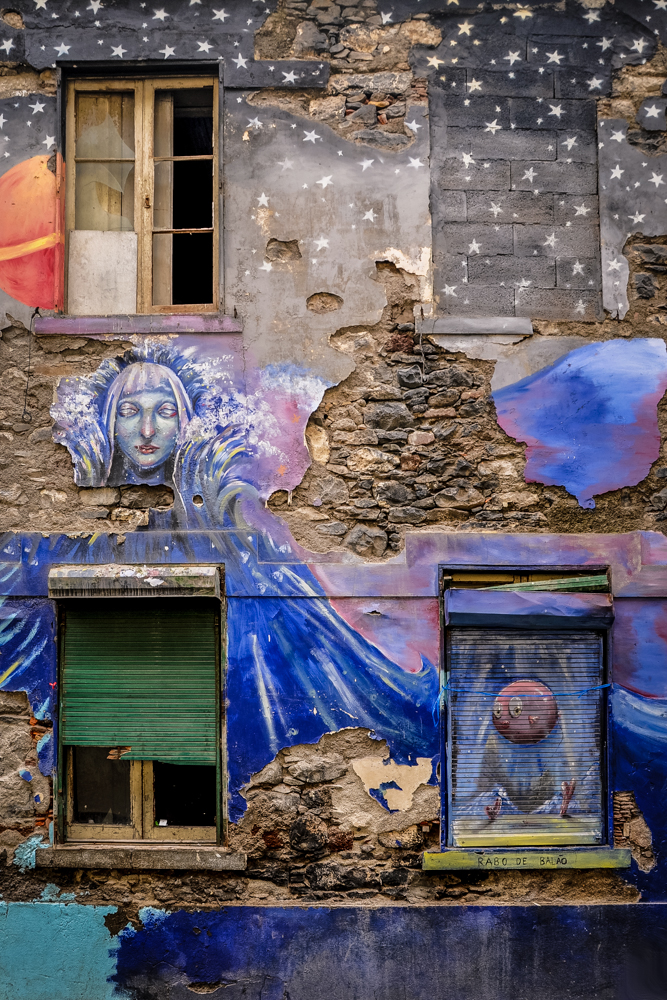
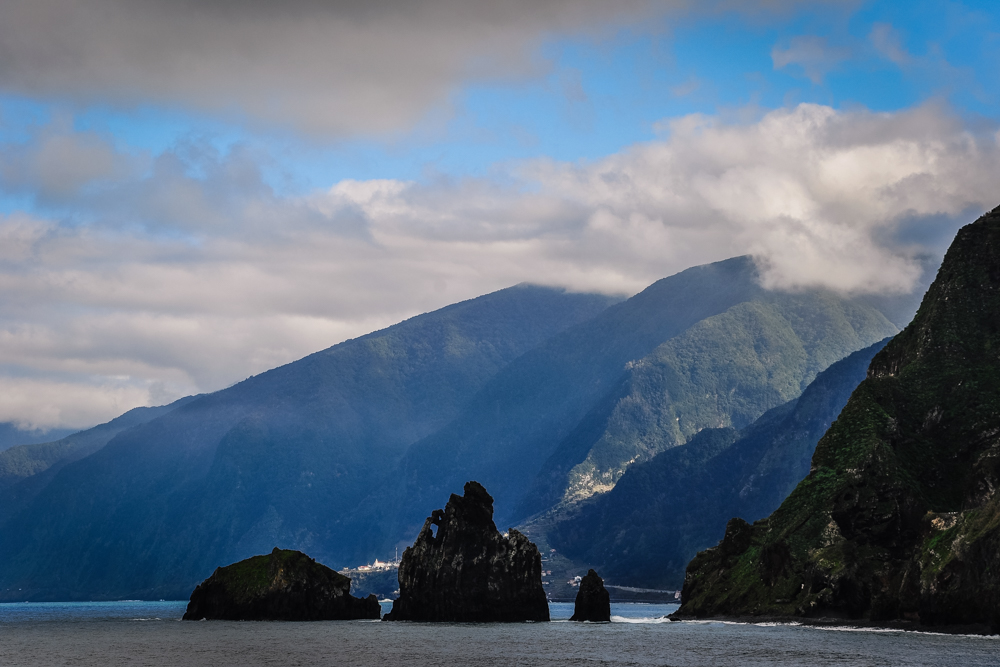
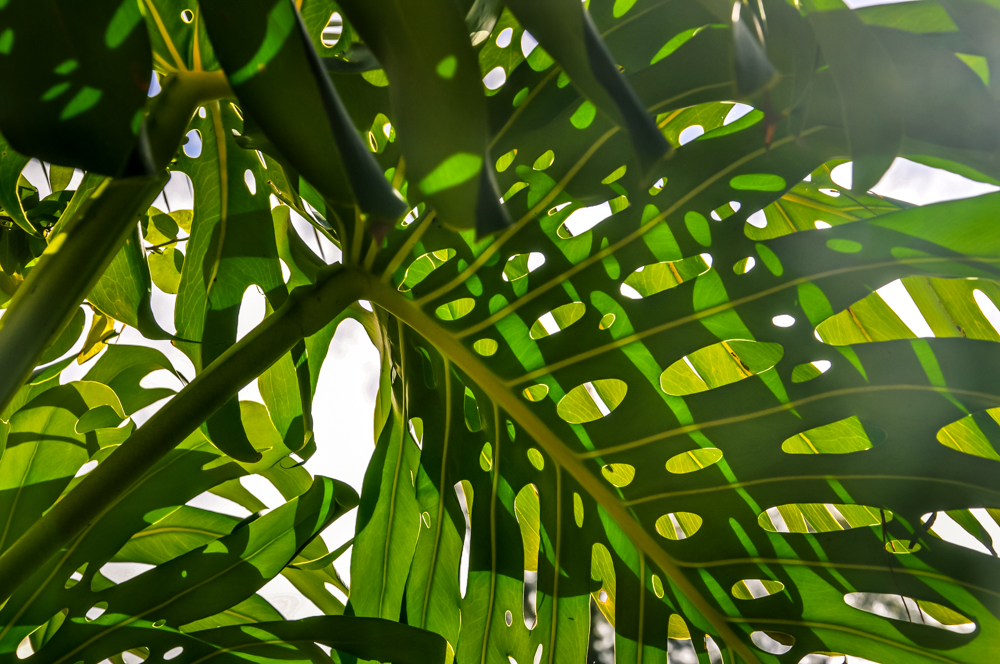
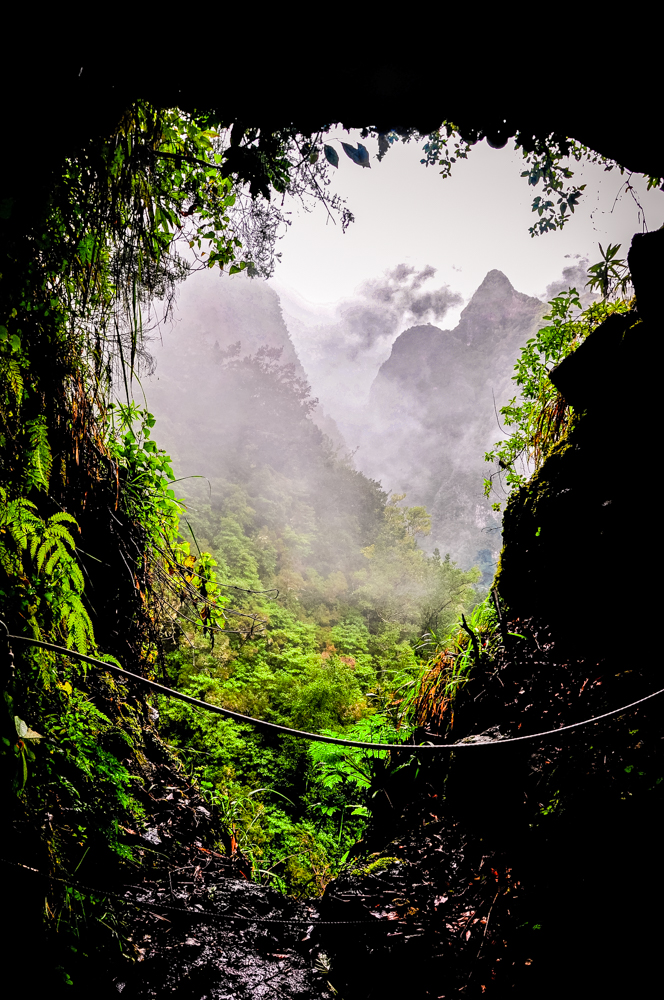
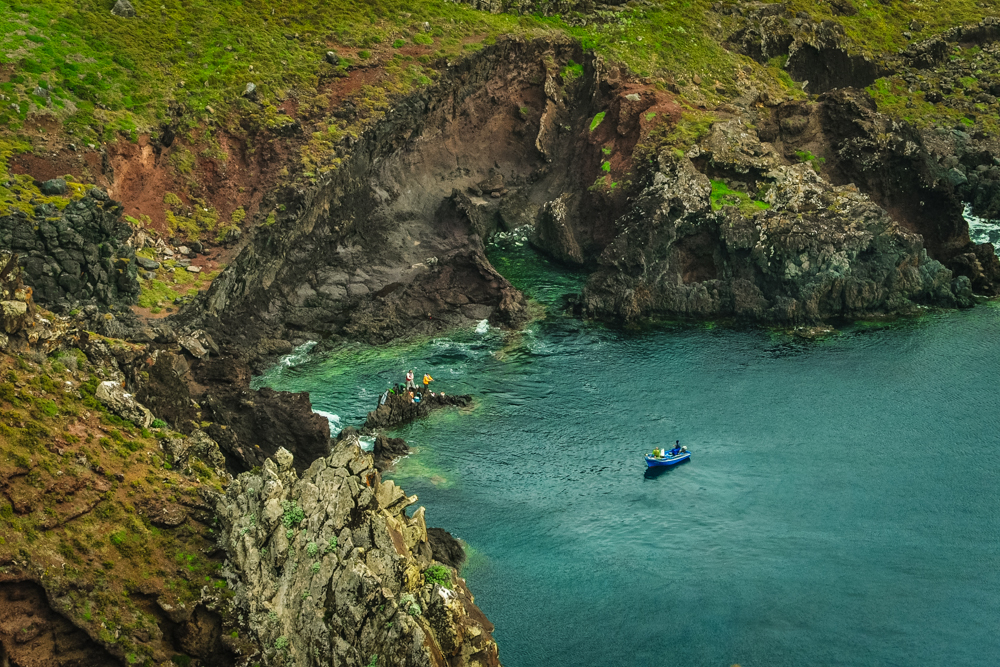
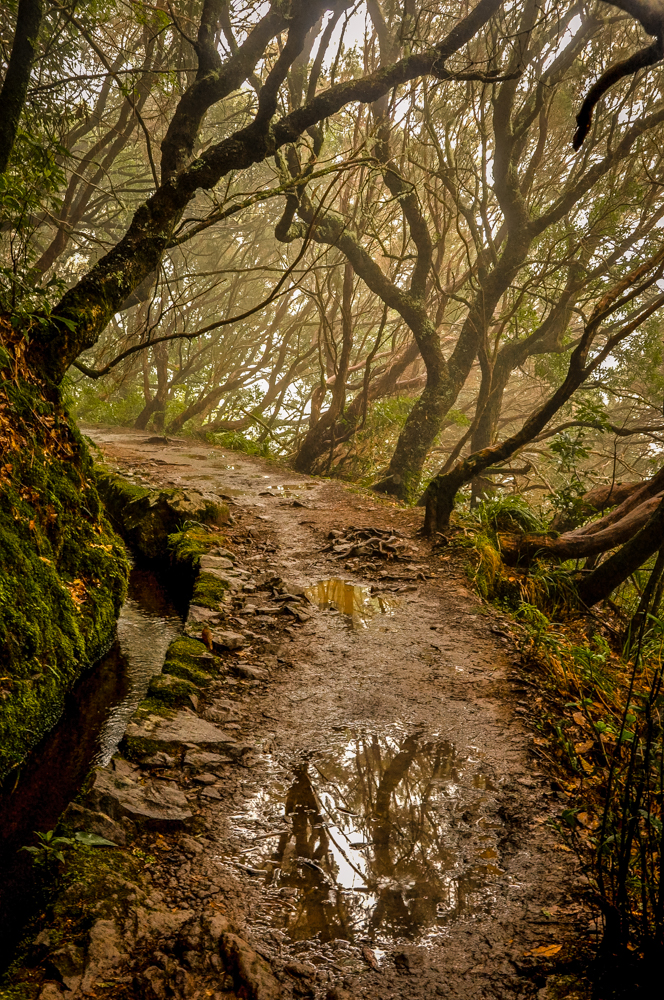
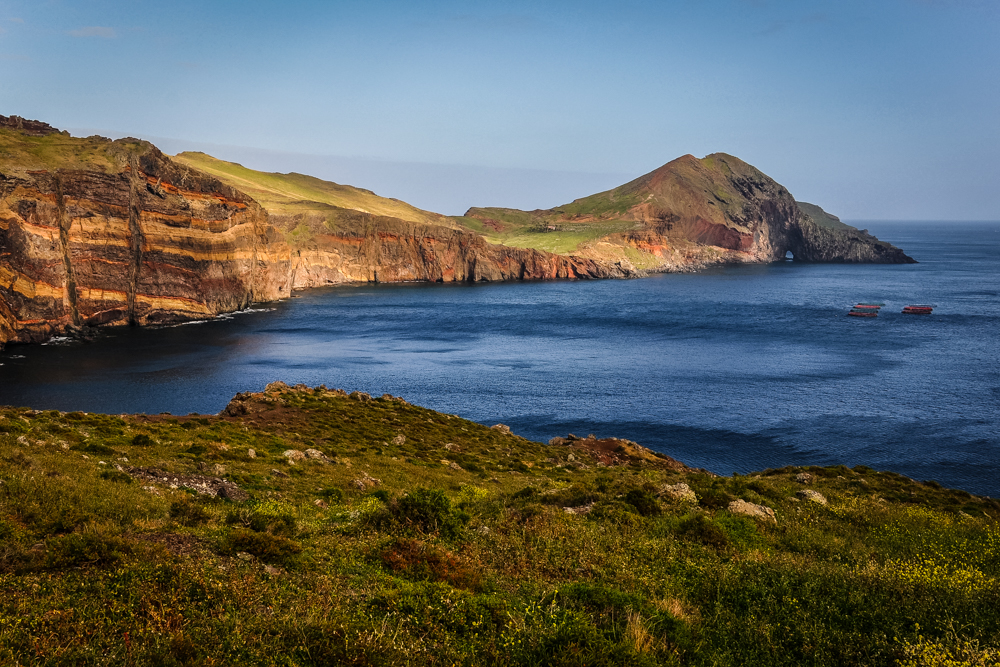
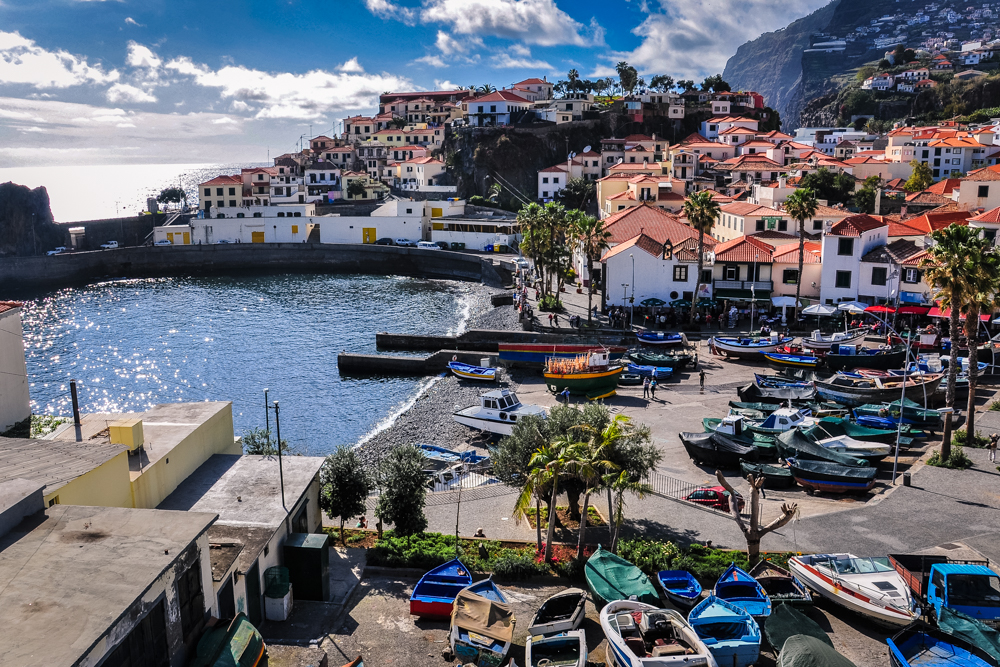
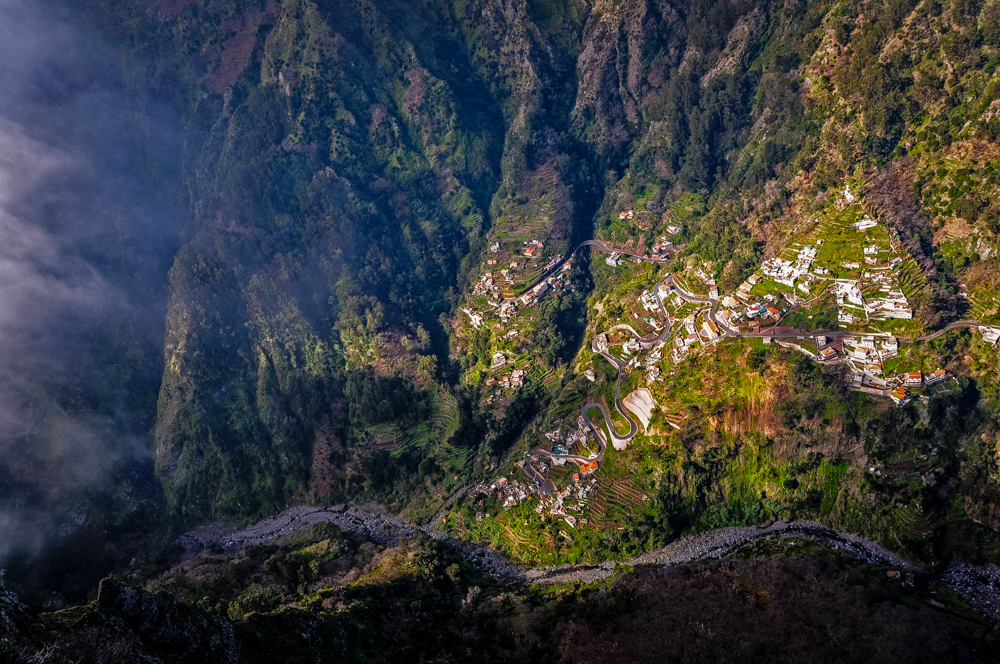


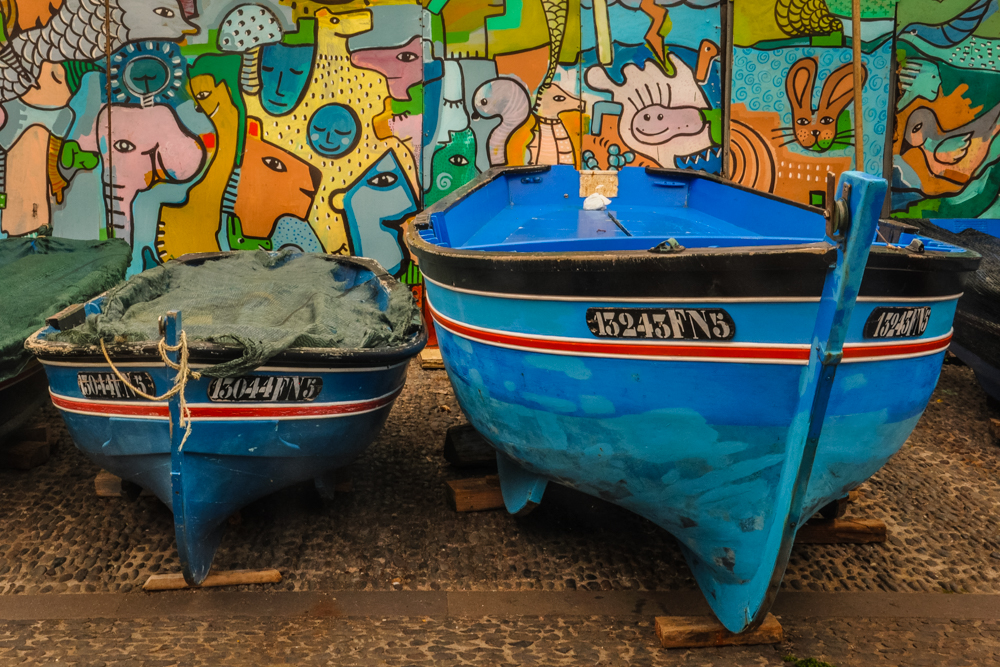
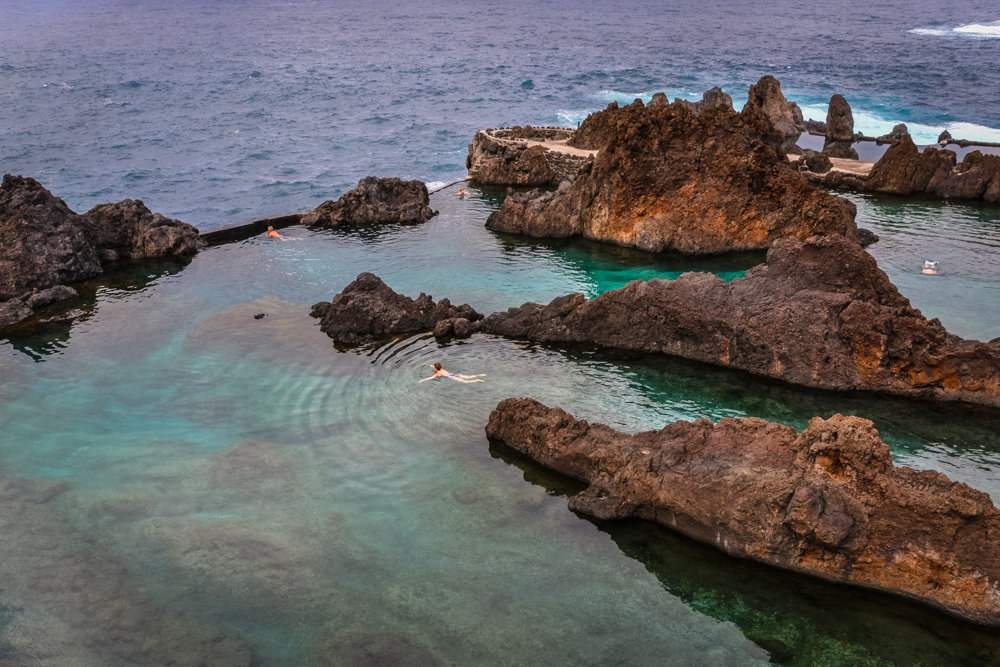
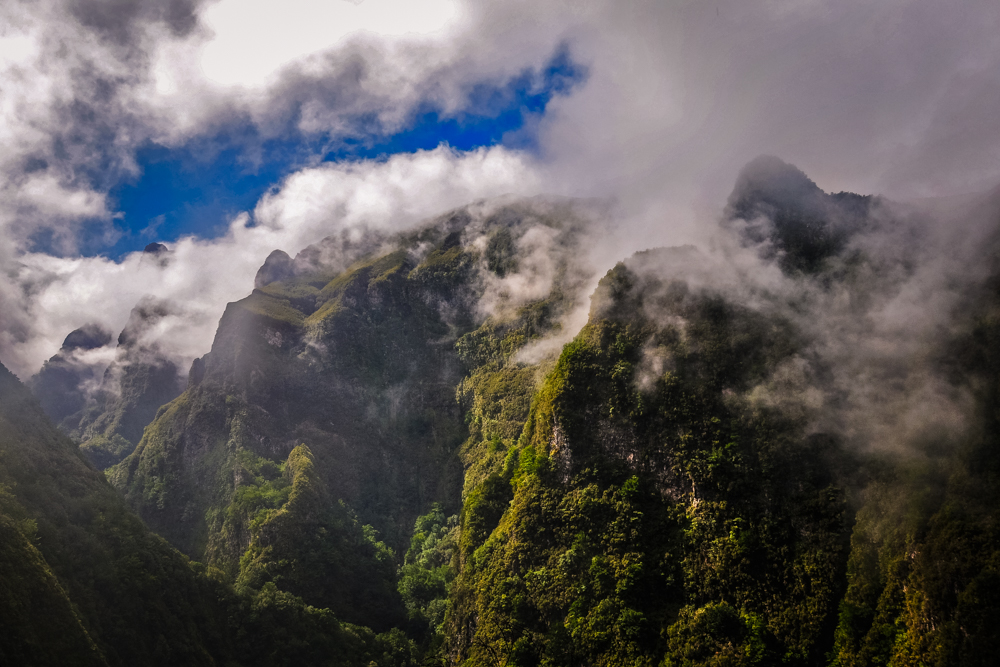

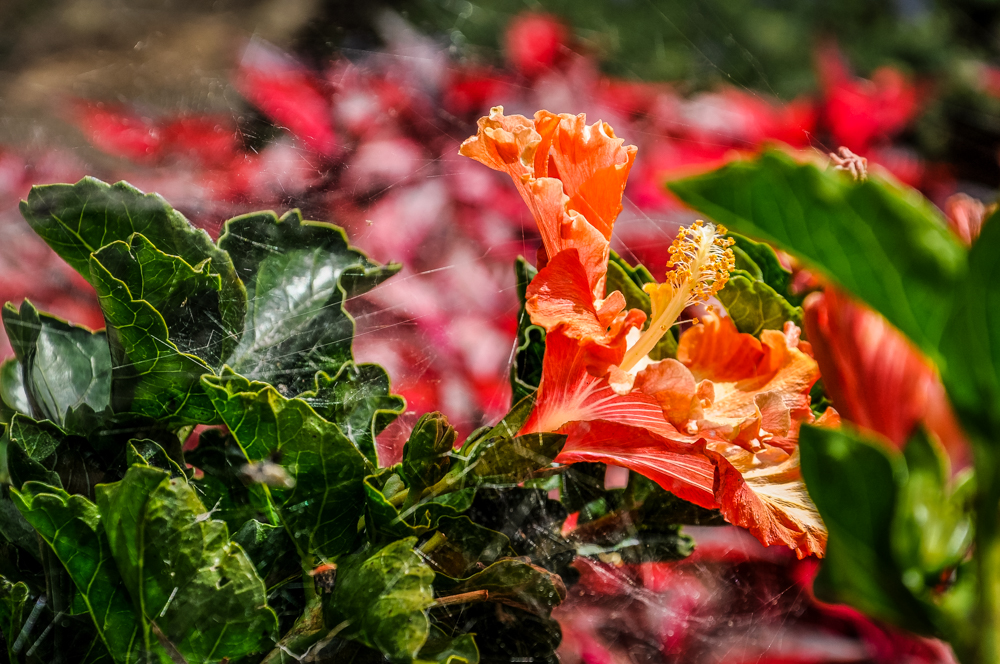
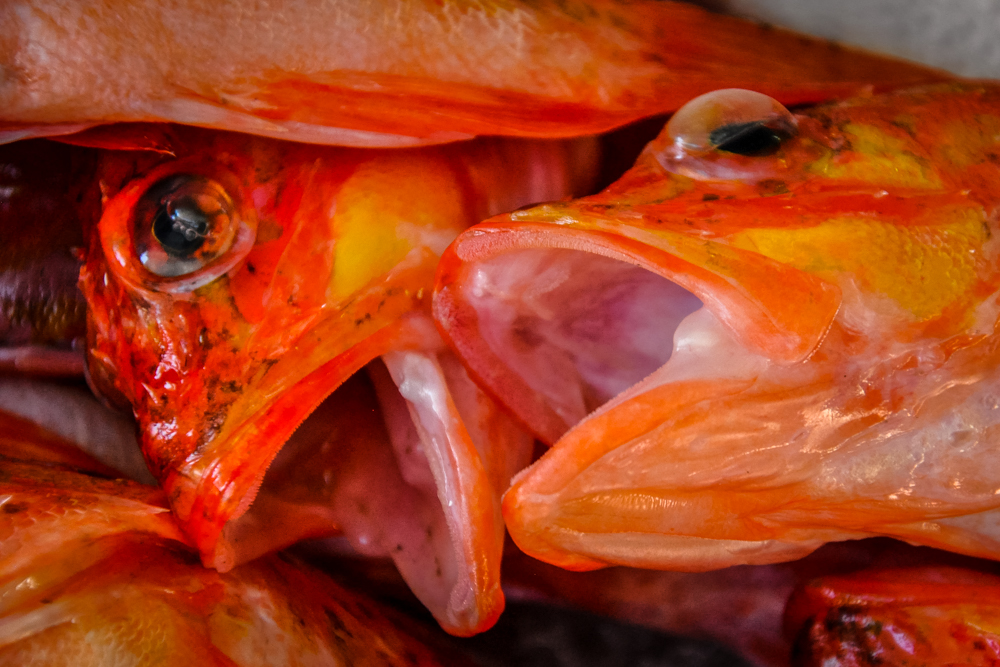
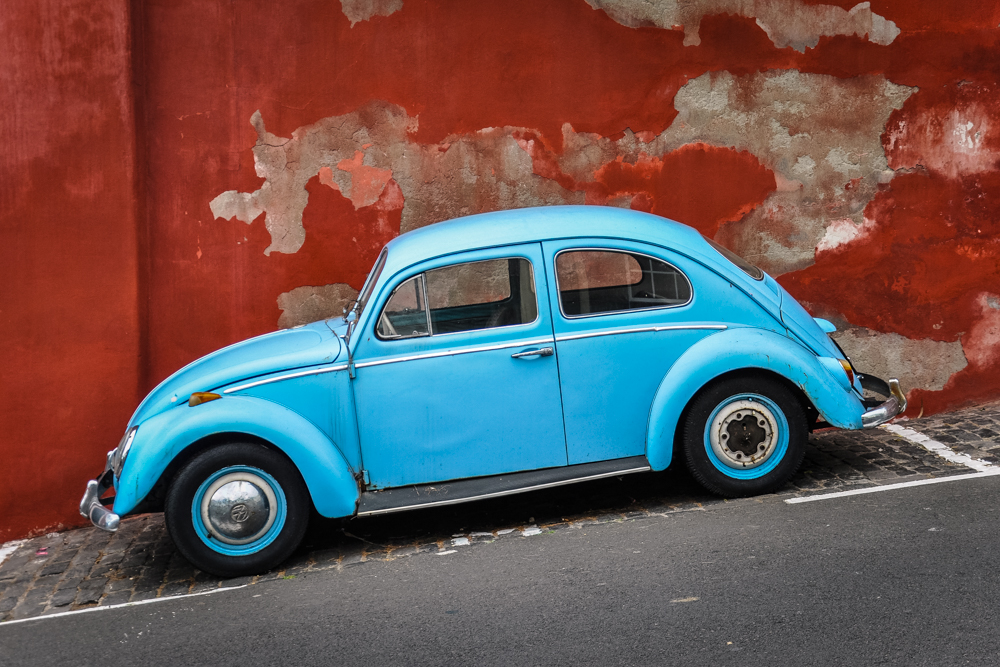

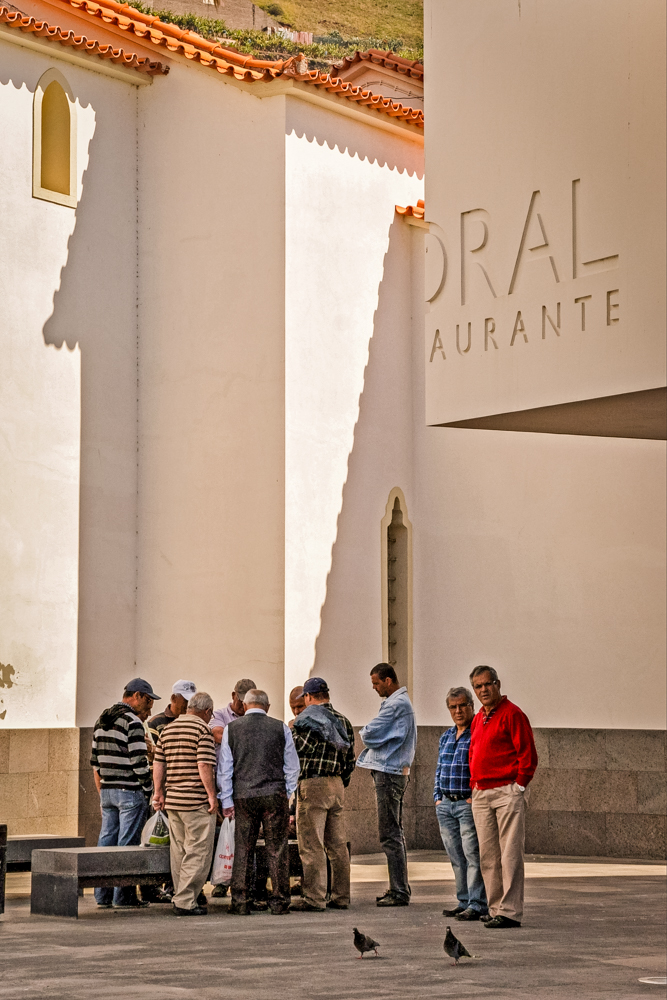
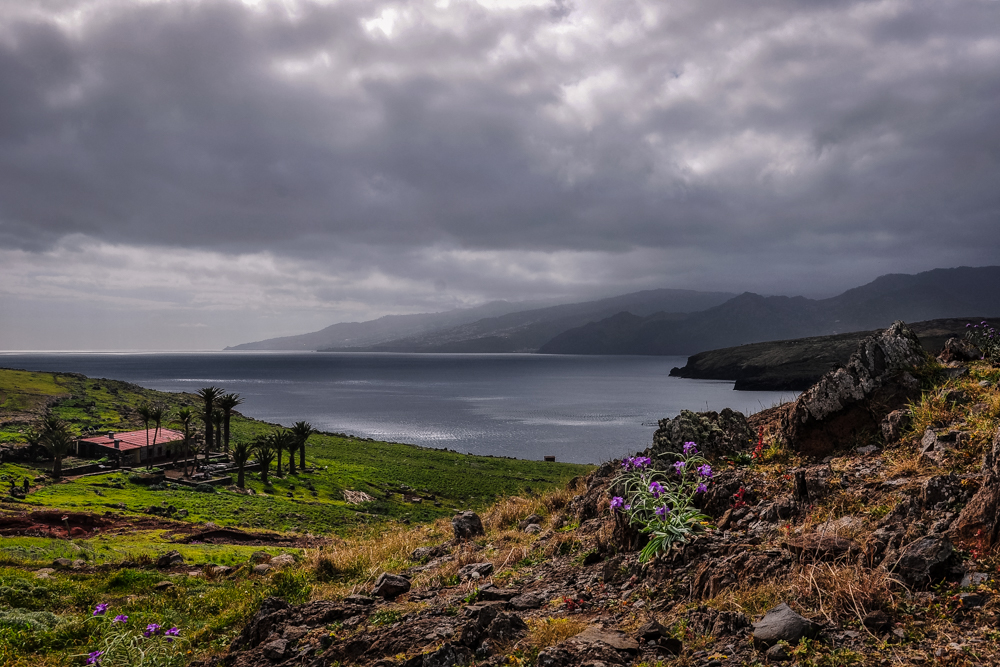

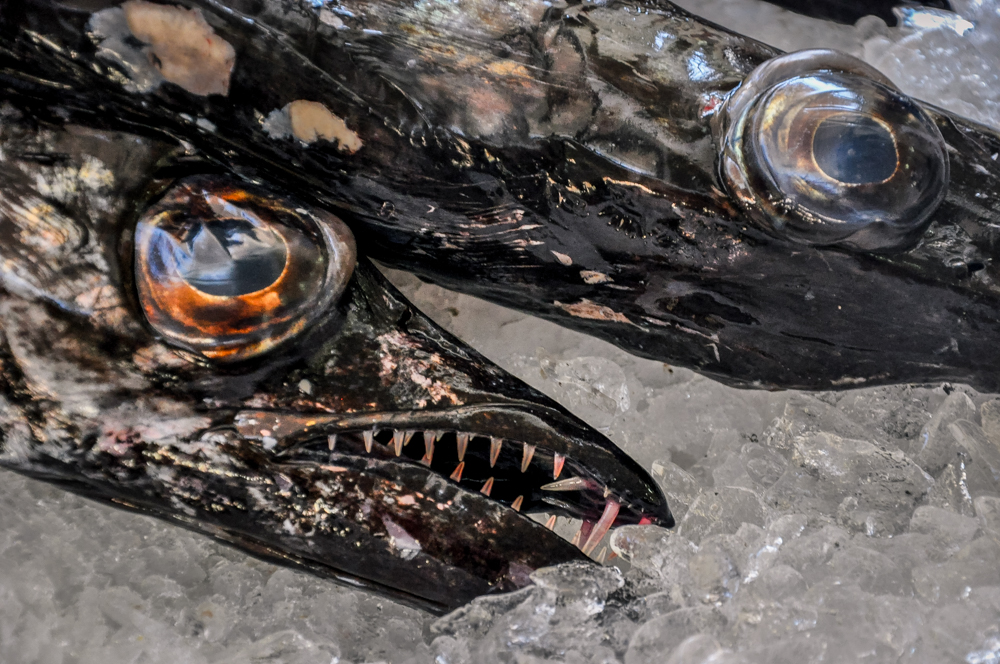
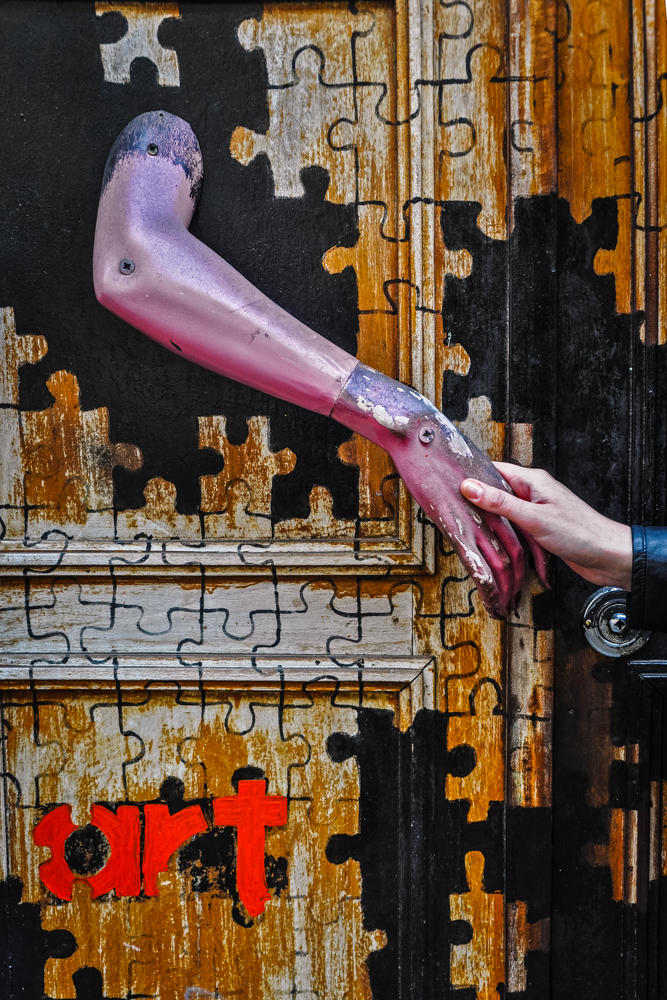
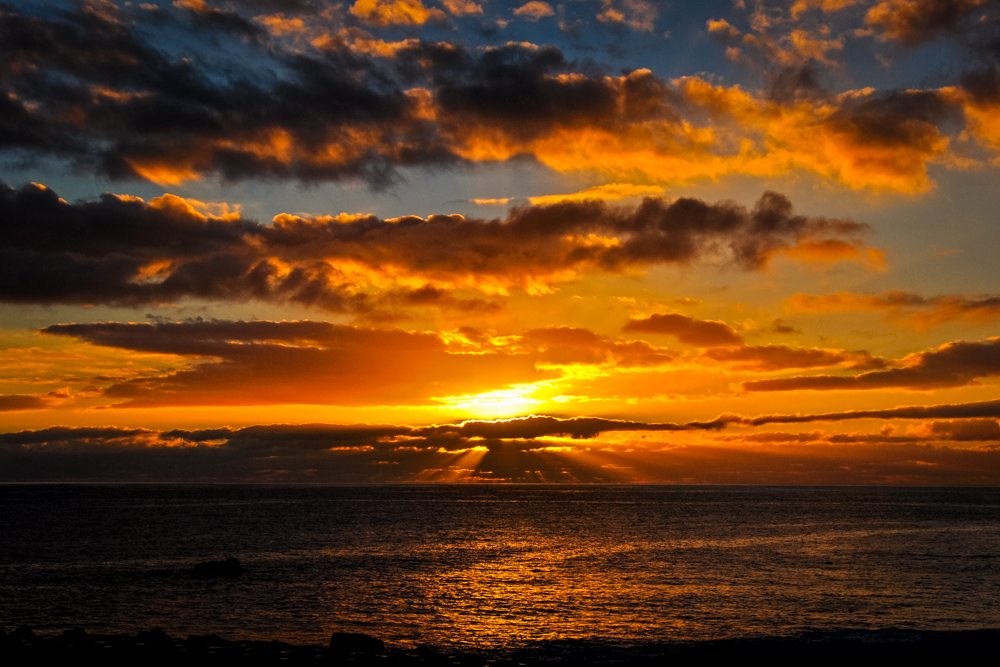
Madeira
The Island Of Eternal Spring
The Autonomous Region of Madeira is a Portuguese archipelago in the Atlantic Ocean, including the islands of Madeira, Porto Santo, Ilhas Desertas (pt. desert islands – 3) and Ilhas Selvagens (pt. wild islands – 19). Most of them are uninhabited, and this, in my opinion, makes them even more evocative. I stayed in the Madeira between February and March. In 2014 it was the period of carnival. I was travelling with two friends and we have been very lucky. Alberto – the owner of our hostel (Residencial Funchal) has been organising private guided tours around the island. Thanks to that we were able to see everything with the eyes of Madeiran.
Sun
At the end of the day, Alberto took us to Porta do Sol (pt. Gate of The Sun) to see the sunset above the ocean. We were watching it in silence.
“We do not need money, the sun is our gold,” he said after a moment of reflection.
Indeed, not without a reason, Madeira is called the land of eternal spring. For a person who came here directly from the middle of the Polish winter, contrast was really huge. On the farmer’s market, it was hard to guess the names of some fruits and vegetables. On the plantation, I saw banana flower for the first time. We jumped over the fence just to see it closer. I also got to know how to eat fresh passion fruit – smushed pulp should be sugared, to get rid of the acid taste. Wine is not the only drink Madeira is famous for. Fruity cocktails perfectly represent the flavours of the island. Sweet Poncha – aguardente<sup>1</sup> mixed with lemon juice and honey (or sugar cane molasse) or Niquita – white wine, pineapple and vanilla ice cream.
Paradise on Earth
We were walking along the harbour of Funchal. An elegant waiter stopped us to show the menu and started a little chit-chat. He was curious about where we came from. Poland seemed to be a very faraway country.
Poland seemed to be a very faraway country.
“We do not need to leave this island, we have paradise here,” the waiter said confidently.
Madeira in Portuguese means wood. The name was given by discoverers of the archipelago2. Temperature and humid air were hiding the land in the mist. After a moment everything was filled with sunlight and shining in all tones of green. Dynamics of these changes contrasted with static mountain tops and little villages, hidden in the valleys. Volcanic origins of the island were particularly visible at the seaside. Black rocks and sand created natural marine swimming pools (like the one in Porto Moniz). Irrigation channels that are going through mysterious laurel forests are called levadas. Water transported from north of the island is watering its southern parts. Former service pathways along the channels are currently used as tourist trails. I felt like a discoverer of a new world when I was following one of them – Caldeirão Verde. In the end, a mystical waterfall (around 100m high) arose before our eyes.
Saudade
One evening we were trying to find a fado3 concert in Funchal. Traditional Portuguese music is really melancholic and tells about ‘saudade’ – gratitude and longing for things that happened in the past. There was no place to sit but the owner of the venue , allowed us to listen to it from the porch. Guests were sitting between the musicians (Portuguese guitar and vocal) in the half-light.
“This restaurant is our family business. Today one of our members died, but we had no choice, the show must go on”, the owner explained in a whisper.
A girl singing in the middle of the room had tears in her eyes. Fado music has never been more meaningful than that day.
Travel Palette of Madeira
Annotations:
1An alcoholic beverage distilled from wine. The name means “burning water”.
2 First pieces of information about the archipelago came from Phoenicians. Portuguese sailors João Gonçalves Zarco and Tristão Vaz Teixeira discovered the island Porto Santo.
3 A genre of music called Portuguese Blues.
Check out our (funny) movie from the island in a rhythm of Happy by Pharrell Williams.
